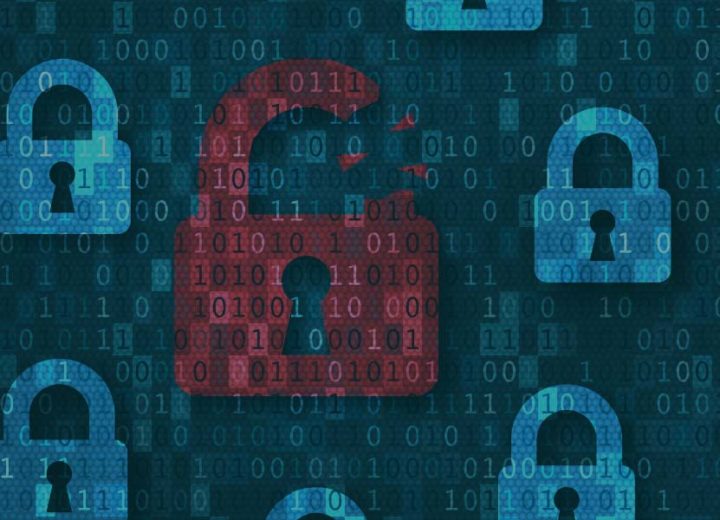What is alert fatigue in cybersecurity?
Security teams are responsible for protecting an organization’s data and systems from Cyberattacks. To do this, they rely on security tools that generate alerts when suspicious activity is detected. However, too many alerts can lead to what is known as “alert fatigue.” This is when security teams become so overwhelmed by the volume of alerts that they start to ignore them. As a result, they may miss critical notifications that could indicate a serious security breach. Alert fatigue can also lead to burnout, as team members become frustrated and disillusioned with their work. To avoid these issues, security teams need to be able to prioritize alerts and focus on those that are most likely to be genuine threats. Otherwise, they risk becoming overloaded with false positives and missing the signs of a real attack.
A common cause of alert fatigue in the security operations center is limited resources. In today’s talent-short labor market, organizations may struggle to recruit and retain the staff needed to manage a robust SOC activity. This talent shortage can lead to burnout and reduced effectiveness, as security analysts may be inundated with alerts and alerts lists that are difficult to prioritize or triage effectively. This can ultimately result in less effective monitoring and greater risks for the organization.
What we recommend:
To overcome this challenge, organizations must identify creative ways to maximize their limited resources and keep their SOC running smoothly without adversely impacting alert fatigue levels. Strategies may include investing in automated detection tools that reduce manual triage requirements, prioritizing upskilling opportunities for current staff members, or outsourcing some SOC duties to managed security service providers that have more specialized talent at their disposal. Ultimately, reducing alert fatigue requires a commitment from all stakeholders within an organization to achieve their shared goal of improving security posture while maintaining a well-functioning SOC.
Managing multiple security tools from multiple vendors can be a daunting task. Thankfully, there is a way to streamline the process. By consolidating security tools and vendors, you can take a platform approach to security. This will allow you to build on that platform with best-in-class tools from the same vendor and/or its vetted partners. Not only will this make your job easier, but it will also lead to a more secure environment. So if you’re looking to simplify your security infrastructure and reduce alerts consolidation is the way to go.


